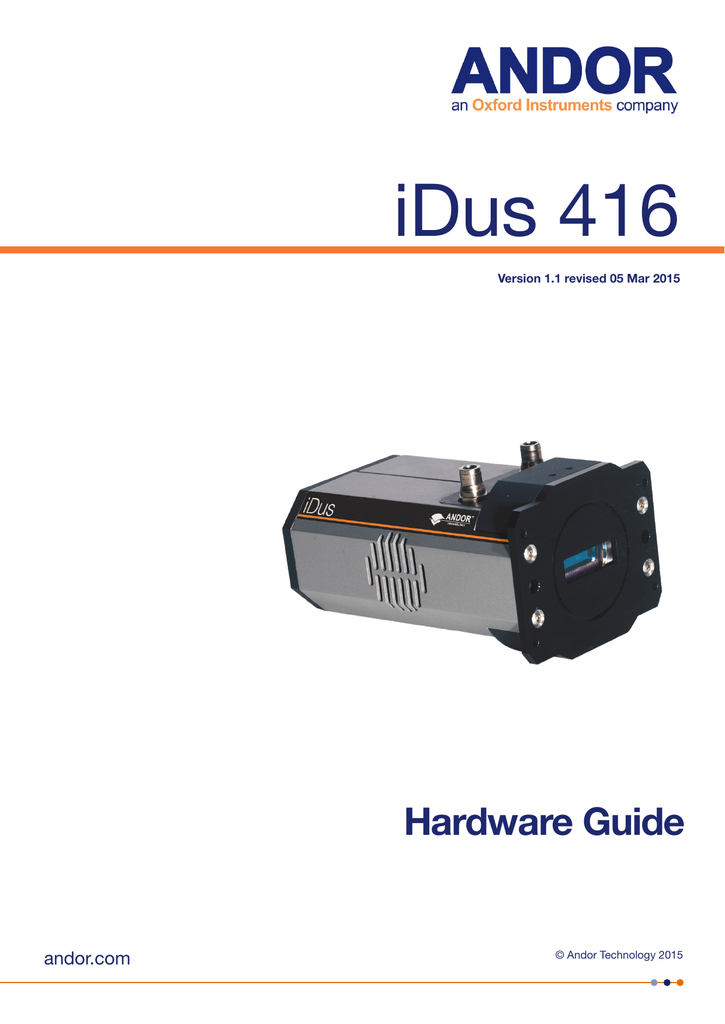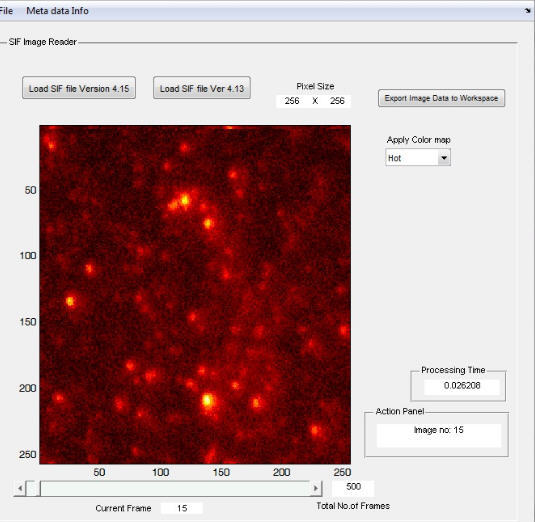

Only very few TNOs have been sampled simultaneously from multiple locations. In the past seven years, several occultations by TNOs have been observed, but mostly from a single location. A stellar occultation by a trans-Neptunian object (TNO) provides an opportunity to probe the size and shape of these distant solar system bodies.

José Cristino 77, 20921-400 Rio de Janeiro, BrazilĬontext.

José Cristino 77, 20921-400 Rio de Janeiro, BrazilĨ Federal University of Technology – Paraná (UTFPR/DAFIS), Rua Sete de Setembro 3165, 80230-901 Curitiba, PR, Brazilĩ Laboratório Interinstitucional de e-Astronomia – LIneA, Rua Gal. Krabbe 1ġ Deutsches SOFIA Institut, Universität Stuttgart, Pfaffenwaldring 29, 70569 Stuttgart, GermanyĮ-mail: SOFIA Science Center, NASA Ames Research Center, Mail Stop N211-1, Moffett Field, CA 94035, USAģ International Occultation Timing Association (IOTA), USAĤ Max Planck Institute for Extraterrestrial Physics, Giessenbachstrasse 1, 85748 Garching, Germanyĥ Konkoly Observatory, Research Centre for Astronomy and Earth Sciences, Hungarian Academy of Sciences, Konkoly Thege 15-17, 1121 Budapest, HungaryĦ Instituto de Astrofisica de Andalucia-CSIC, Glorieta de la Astronomia 3, 18080 Granada, Spainħ Observatório Nacional/MCTI, Rua Gal. Astronomical objects: linking to databases.Including author names using non-Roman alphabets.Suggested resources for more tips on language editing in the sciences Punctuation and style concerns regarding equations, figures, tables, and footnotes


 0 kommentar(er)
0 kommentar(er)
